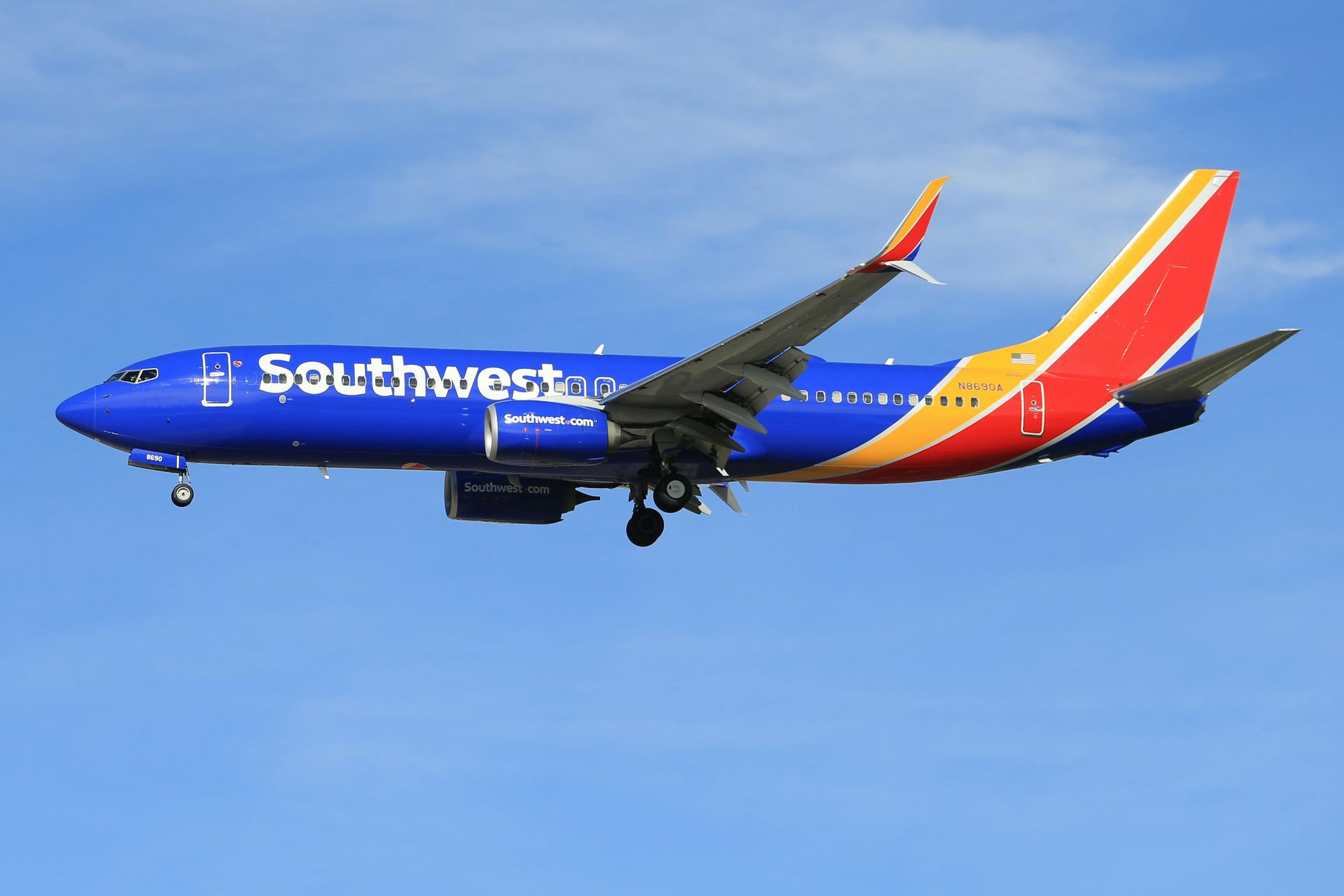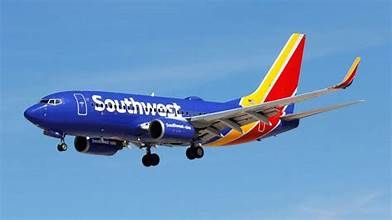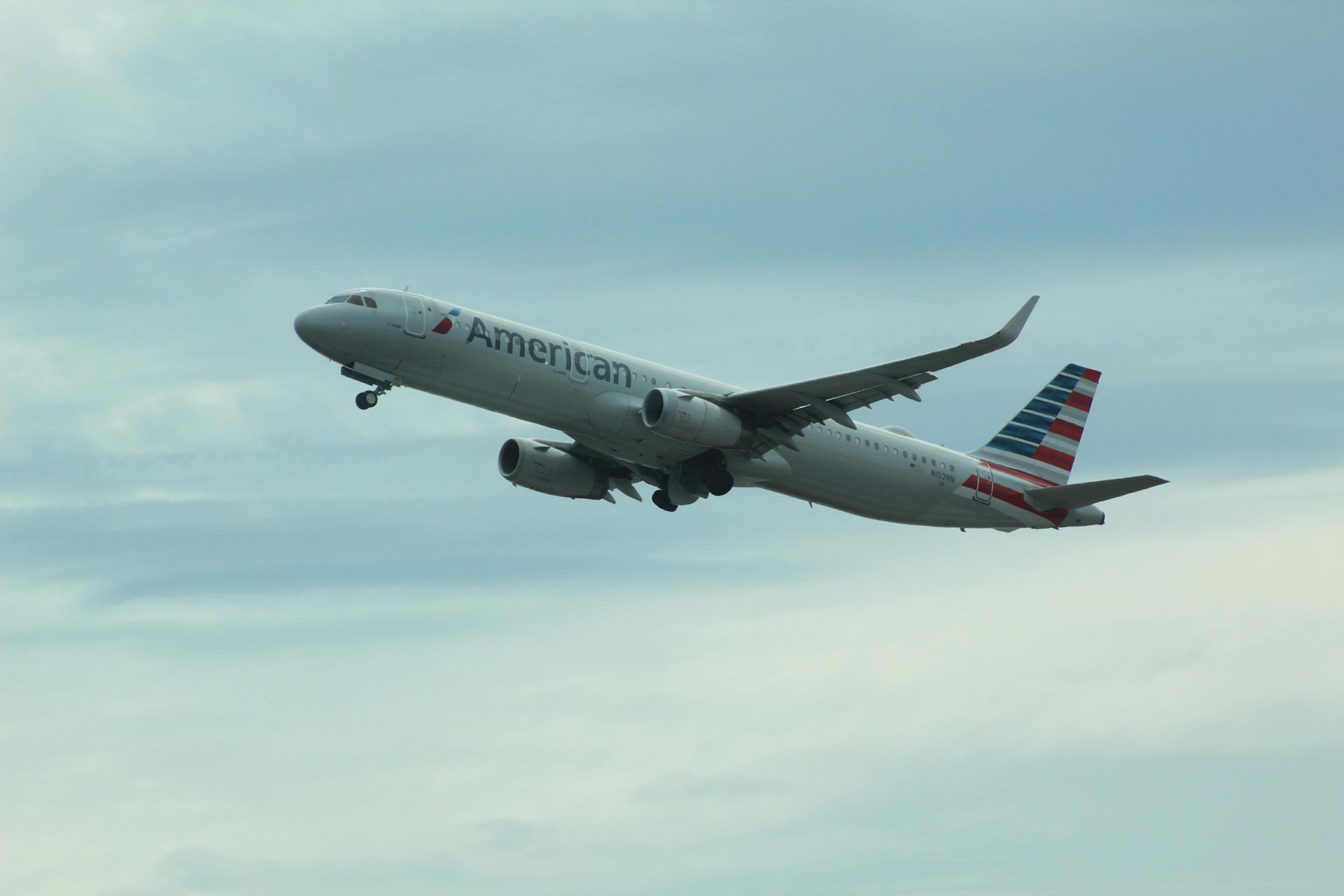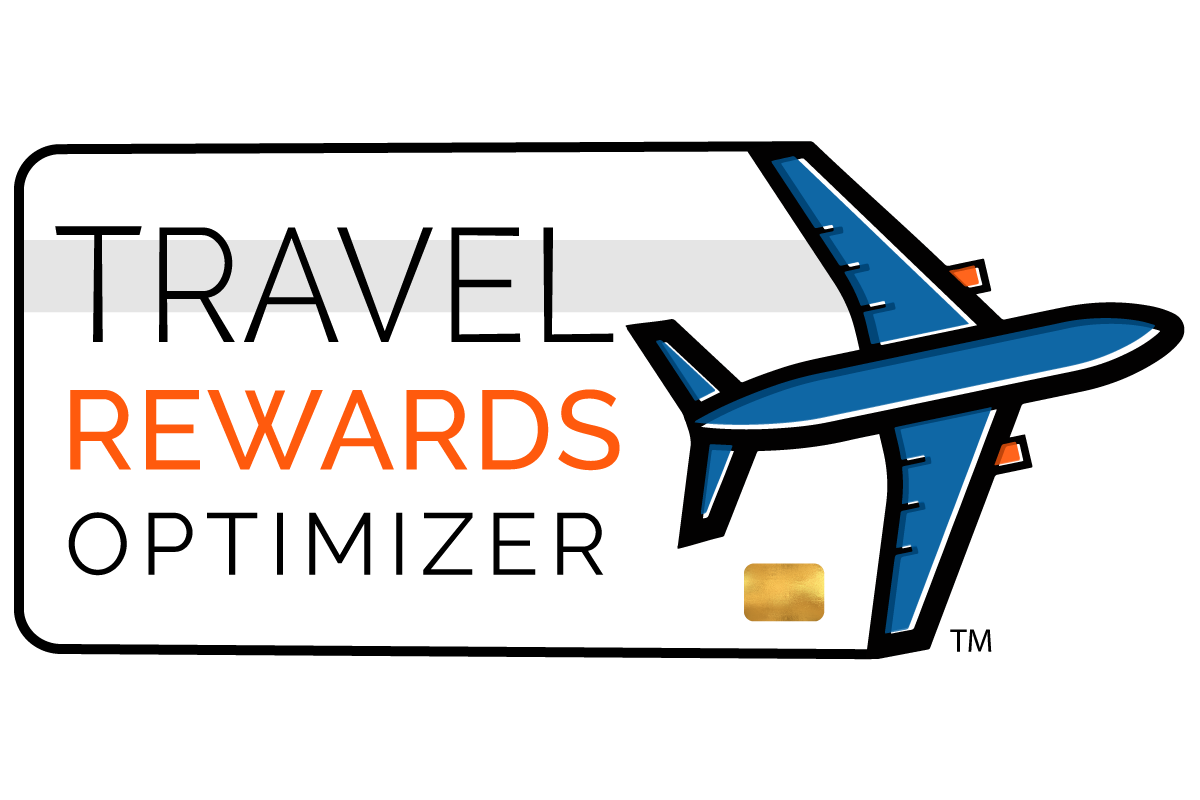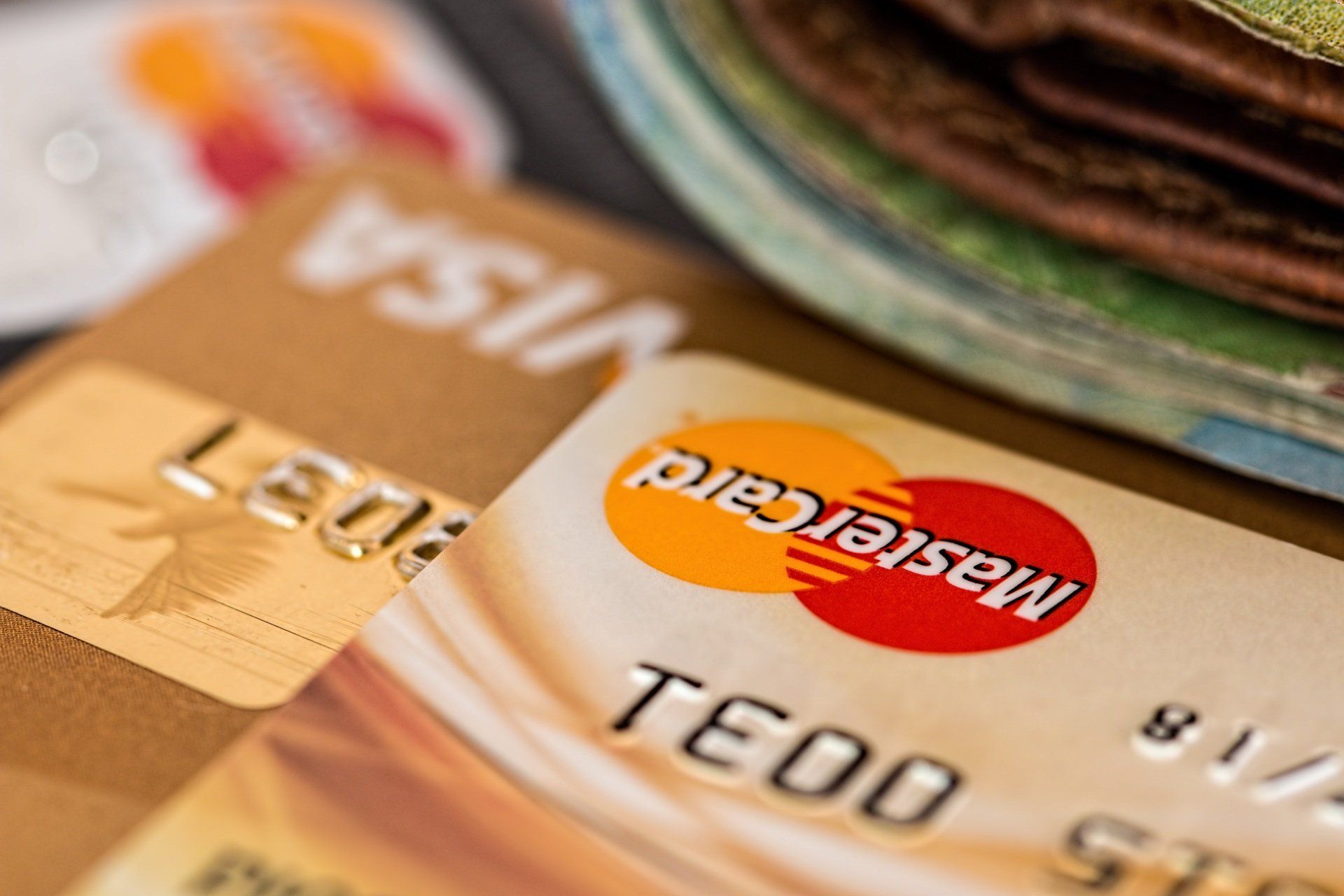American Express Cards: Offering a Range of Benefits and Approaches to Accumulating Flexible Points
Five cards for very different types of cardholders
This is the fourth post in the TRO series on credit card “families” and how cardholders can choose between different types and levels of benefits and different annual fees. Over the next few weeks, Travel Rewards Optimizer posts will discuss credit card families for co-branded cards (airlines and hotel chains) as well as families of cards that generate proprietary points or cash. Previous posts have covered the Freedom/Sapphire cards offered by Chase, Delta credit cards, and United cards.
Today’s post will discuss five American Express cards that generate Amex Membership Rewards (MR) points.
- Amex Everyday
- Amex Everyday Premium
- Amex Green
- Amex Gold
- Amex Platinum
Amex MR points can be used for statement credits or gift cards. But, there greatest value is realized when these points are transferred into the points and miles of American Express’ many airline and hotel partners.
American Express Everyday Card
This is an entry level card with no annual fee. It comes with a welcome bonus of 10,000 MR points after spending $2,000 within six months. For statement credits or gift cards, these points will be worth no more than $100 but more value can be realized if transferred to some airline partners. Currently, Amex is also offering 0% APR for the first 15 months after approval.
Cardholders get two MR points (2X) per dollar spent on groceries and one point (1X) for all other purchases. There is a modest extra bonus (20%) added if you use the card at least 20 times during a billing cycle.
American Express Everyday Premium
This card comes with a $95 annual fee but offers greater opportunities for MR point accumulation. New cardholders can get a 15,000 MR point bonus for spending $2,000 in the first six months. Interest is also 0% APR for the first 12 months.
The bonus structure is as follows:
- 3X points per dollar spent at supermarkets/grocery stores (capped at $6,000/year)
- 2X points per dollar spent at gas stations
- 1X points per dollar spent in other categories
- 50% bonus if you use the card at least 30 times during a billing cycle
With the 50% bonus, the effective bonus can be 4.5X for supermarket purchases and 3X for gas station purchases.
American Express Green Card
The iconic Green card now has a $150 fee, and the welcome offer is 40,000 MR points for spending $3,000 in the first six months.
The bonus structure is broader than that offered for the Everyday Premium card and is well tailored for travel.
- 3X points per dollar spent at restaurants
- 3X points per dollar on transit such as taxis, trains, ride sharing services, tolls, parking, etc.
- 3X on travel including flights, hotels, and vacation rentals
- 1X points per dollar spent in other categories
Additionally, there are two credits that might be of interest for air travel.
- A $189 annual credit for CLEAR Plus which uses your biometric data to get you through airport security faster
- A $100 credit with Lounge Buddy for access to airport lounges
American Express Gold Card
The annual fee for this card is $250 and the current welcome offer is 60,000 MR points for spending $6,000 in six months.
This is a great card for anyone who . . . eats.
- 4X bonus for restaurant spending.
- 4X bonus for supermarket or grocery store purchases
- Also, there is a 3X bonus for airline purchases
There are also two credits.
- A $120 dining credit ($10 per month)
- A $120 Uber credit ($10 per month)
While these credits have a potential value of $240 which is close to the annual fee, they will not be worth that much for many (and perhaps most) cardholders. To get all the value of the Uber credit, you need to use Uber at least a dozen times and in each month. The dining credit is more limited in that it is only good at a very short list of restaurants.
American Express Platinum Card
With an increase about a year ago, this card comes with a hefty annual fee of $695 (plus $195 per additional card for authorized users). The welcome bonus is 80,000 MR points for spending $8,000 in the first six months.
The Platinum Card, primarily, is a card for people who fly based on the MR points spending bonus structure, the annual credits offered, and the benefits.
First, the spending bonus structure is simple. You get 5X MR points for airline purchases, 5X points for hotel purchase if you reserve them through American Express Travel, and 1X points for everything else.
Second, several credits are related to air travel.
- A $200 credit for flight incidentals like seat upgrades, checked baggage, snacks and beverages
- Cannot be used for tickets
- You must limit the credits to one airline that you choose at the beginning of the year
- A $100 credit every four years for Global Entry/TSA PreCheck membership
- An annual $189 credit for CLEAR Plus
Third, for many, the key benefit of this card is access to an extensive network of airport lounges including:
- Priority Pass Lounges – an international network of over 1,500 lounges
- Centurion Lounges – American Express’ proprietary lounges
- Delta SkyClubs – when flying Delta Airlines
Other credits and benefits include:
- A $200 credit for luxury hotels if reserved through American Express Travel
- A $300 credit for Equinox health clubs
- A $100 credit at Saks Fifth Avenue ($50 twice a year)
- A $240 digital entertainment credit ($20/month) for streaming, New York Times, etc.
- A $200 Uber credit ($15 per month and $35 in December)
- Wal-Mart Plus membership
- Gold status with Hilton and Marriott Bonvoy
My conclusions
American Express offers a broad range of credit cards that provide cardholders with an opportunity to transfer Membership Rewards to airline and hotel partners. The cards can also meet the needs of different market segments.
The Everyday Card has a small welcome bonus, and the category bonus is limited to grocery stores or supermarkets (groceries purchased at warehouse clubs, Targets, Wal-Marts, etc. are not bonused). However, this is a no annual fee card that allows you transfer your points to airline partners. The no fee cards offered by Chase do not allow this and the no fee Citi Double Cash has very limited transfer partners. If someone is interested in the benefits of transferring MR points to travel partners and really wants to avoid annual fees, this is a card to start with.
The Everyday Premium Card brings improved opportunities to accumulate MR points with bonus points for both supermarket and gas station spending. Those using the card frequently (30X month) can accumulate even more points with the extra 50% bonus. I have used this card myself in the past but moved up to the Gold card because the supermarket spending bonus was limited to the first $6,000 per year and the Optimizer household buys lots of groceries.
The Green Card is a well-balanced travel card that is great for accumulating points since spending bonuses are 3X for a range of purchases – restaurants, transit, flights, hotels, and other categories. Also, for the right cardholder, the annual credits for CLEAR Plus and Lounge Buddy can cover the annual fee.
The Gold Card can be worthwhile for a household that spends enough at supermarkets and restaurants to justify the annual fee. This might not be so worthwhile for those who don’t eat out much or who purchase a large portion of their groceries from warehouse clubs or “big box” stores like Wal-Mart and Target. For many, the modest credits will not offset much of the annual fee.
The Platinum Card is highly oriented toward people who fly with some frequency. Unless you book hotels through American Express Travel, the only good spending bonus category is for air travel. Access to the Amex Global Lounge Collection can be quite valuable. The flight related credits might save you a few hundred dollars per year. However, if you don’t fly much, it is hard to get $700 in value out of the other miscellaneous credits and benefits that come with this card.
These five cards can meet the needs of different households. And, in some cases, it would make sense for an individual or household to hold at least two of them. Ms. Optimizer and I fly enough and purchase enough food in supermarkets and restaurants to justify having one Gold Card and one Platinum Card between us. We see the two cards as complementary. However, to some extent, American Express sees the cards as part of a continuum, as if the Platinum Card is an “upgrade” relative to the Gold Card. In last week’s post on Amex Delta cards, I warned how American Express might not give a new cardholder a welcome bonus for a card that is deemed as a downgrade from a previously held card. In other words, if you have had a Platinum Card in the past, and applied for a Gold Card, they may approve you for the Gold Card but withhold the sign-up bonus. Because there are differences in how the different cards might be used, I see this as short sighted. I find the Platinum Card useful, but I would never use it for dining or groceries because those purchases only yield one MR per dollar spent if I use the Platinum Card. It seems that it would be better for Amex to encourage me to apply for the Gold Card so that it could capture my restaurant and grocery spending in addition to the annual fee Amex already collects for the Platinum Card. To summarize, if it is possible that you might pick up more than one of these Amex cards or might change cards over time, the order of you applications could matter.
These cards offered by American Express might or might not fit into a productive travel rewards plan. But for many, especially those interested in flexible points, one of the cards discussed in this post might be appropriate. When we design a custom Travel Rewards Optimizer plan for you, we take your travel goals, travel habits, spending patterns, and preferences into account. We want to ensure that the cards we recommend for you can quickly generate free travel and provide relevant benefits while keeping your annual card fees in check.
We are ready to help you turn your routine credit card spending into the travel of your dreams.

